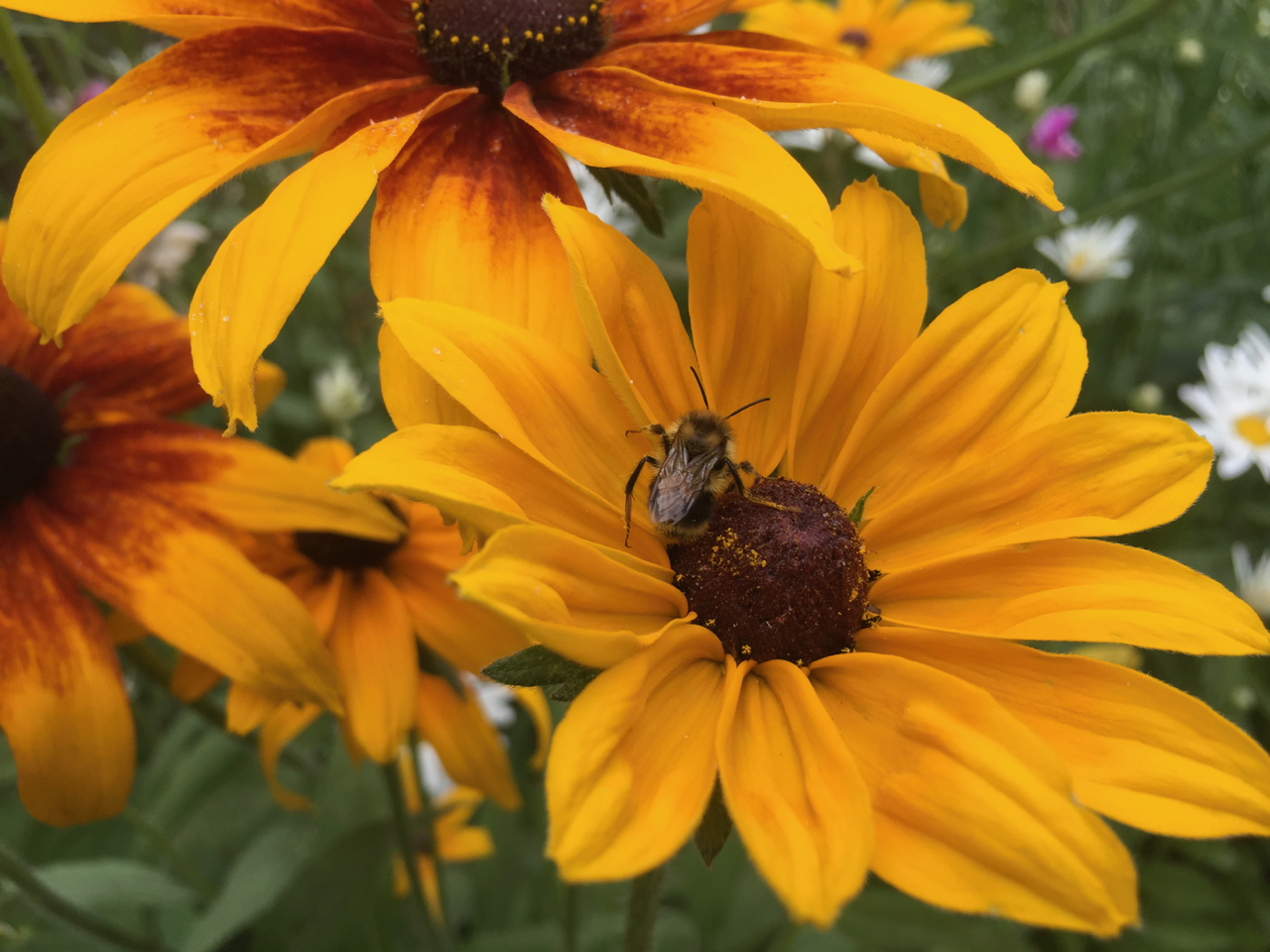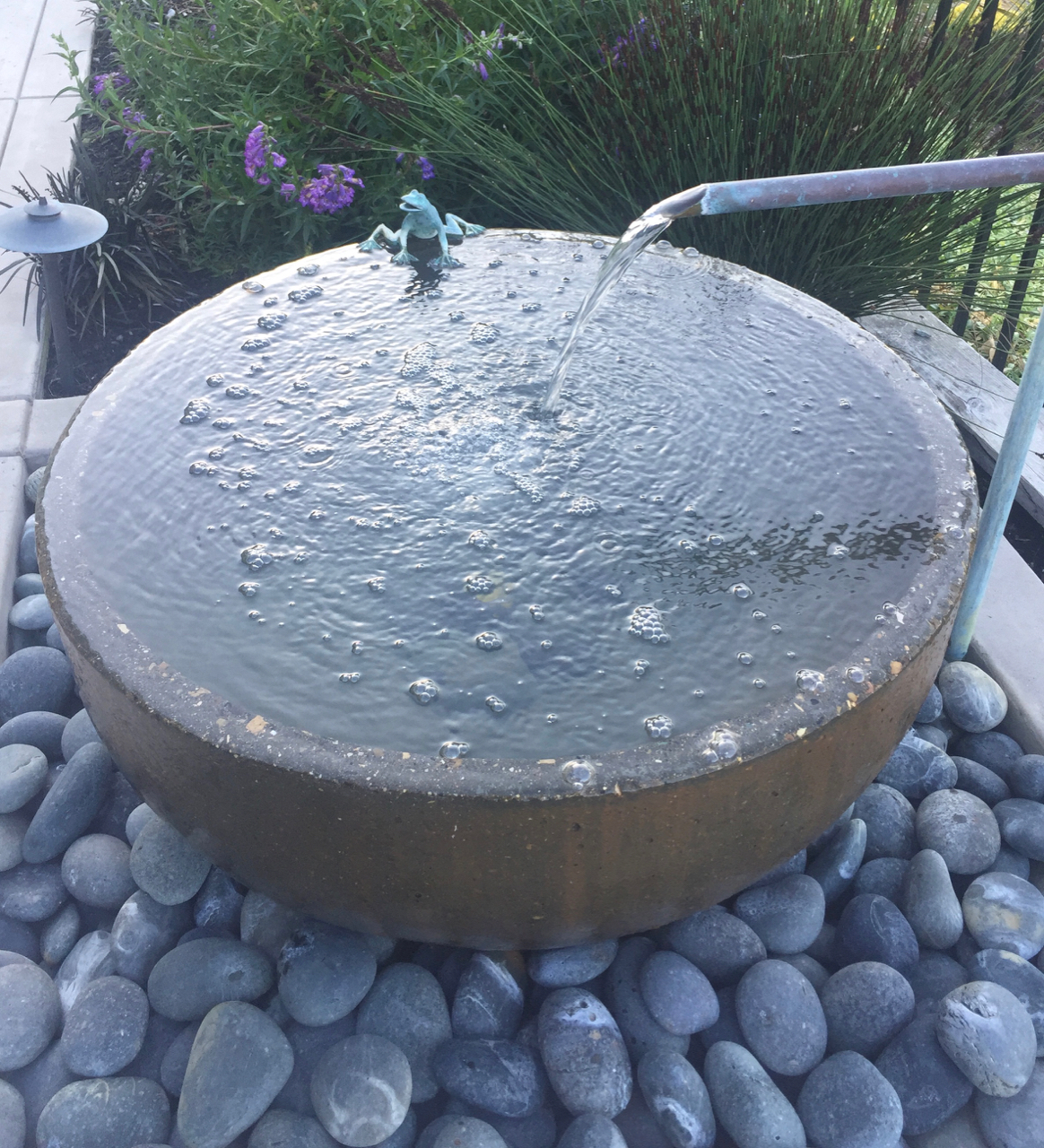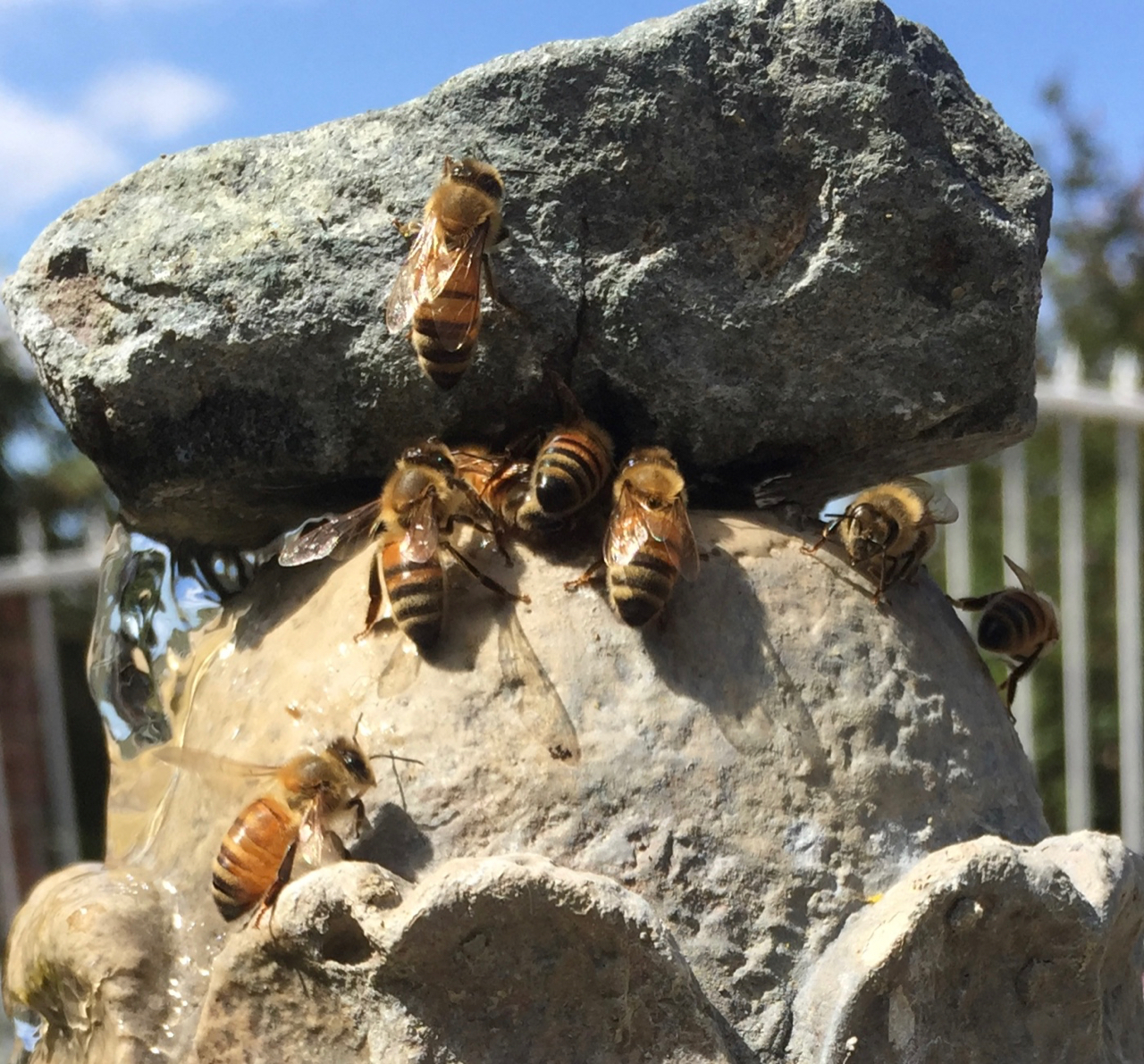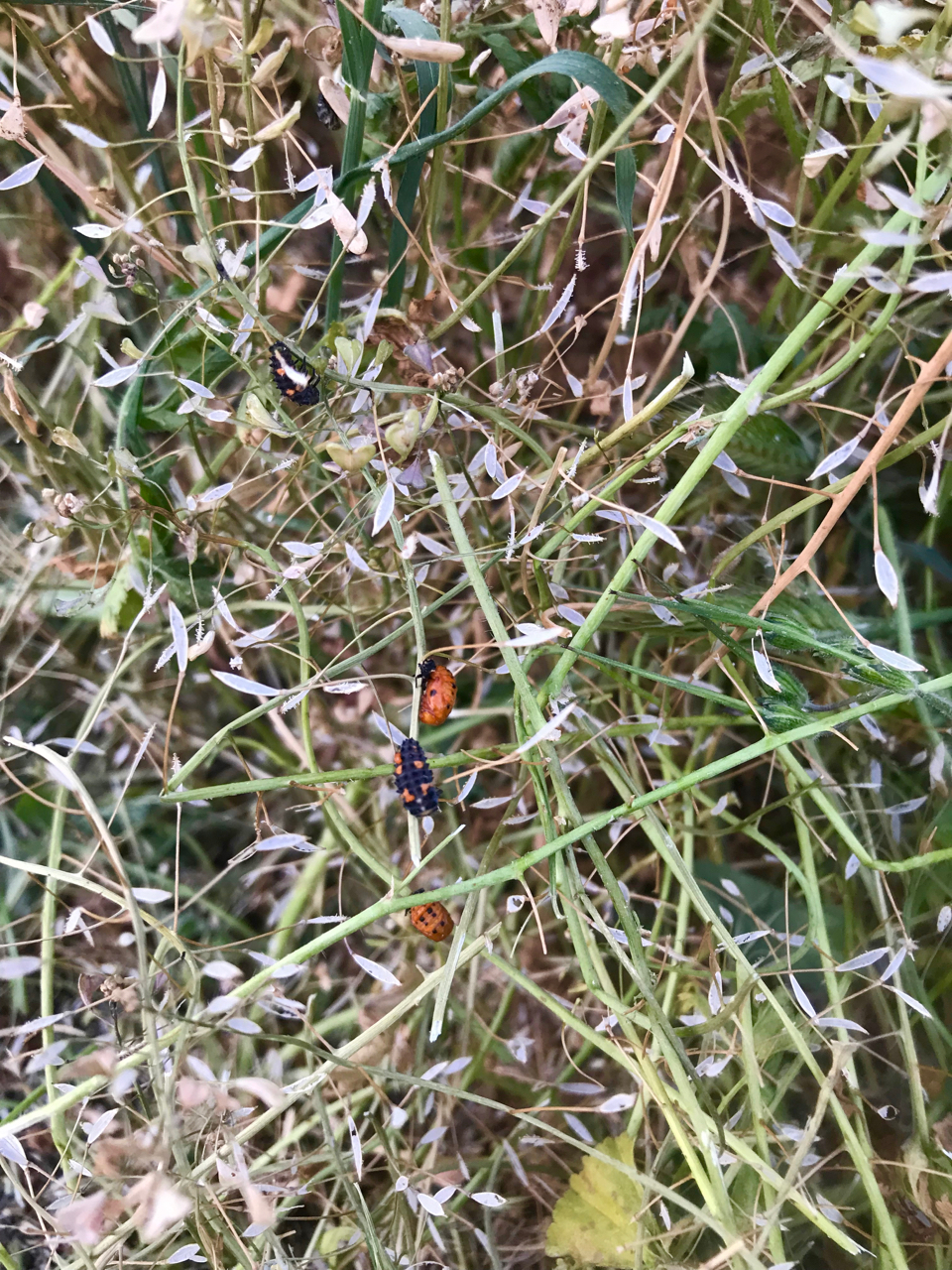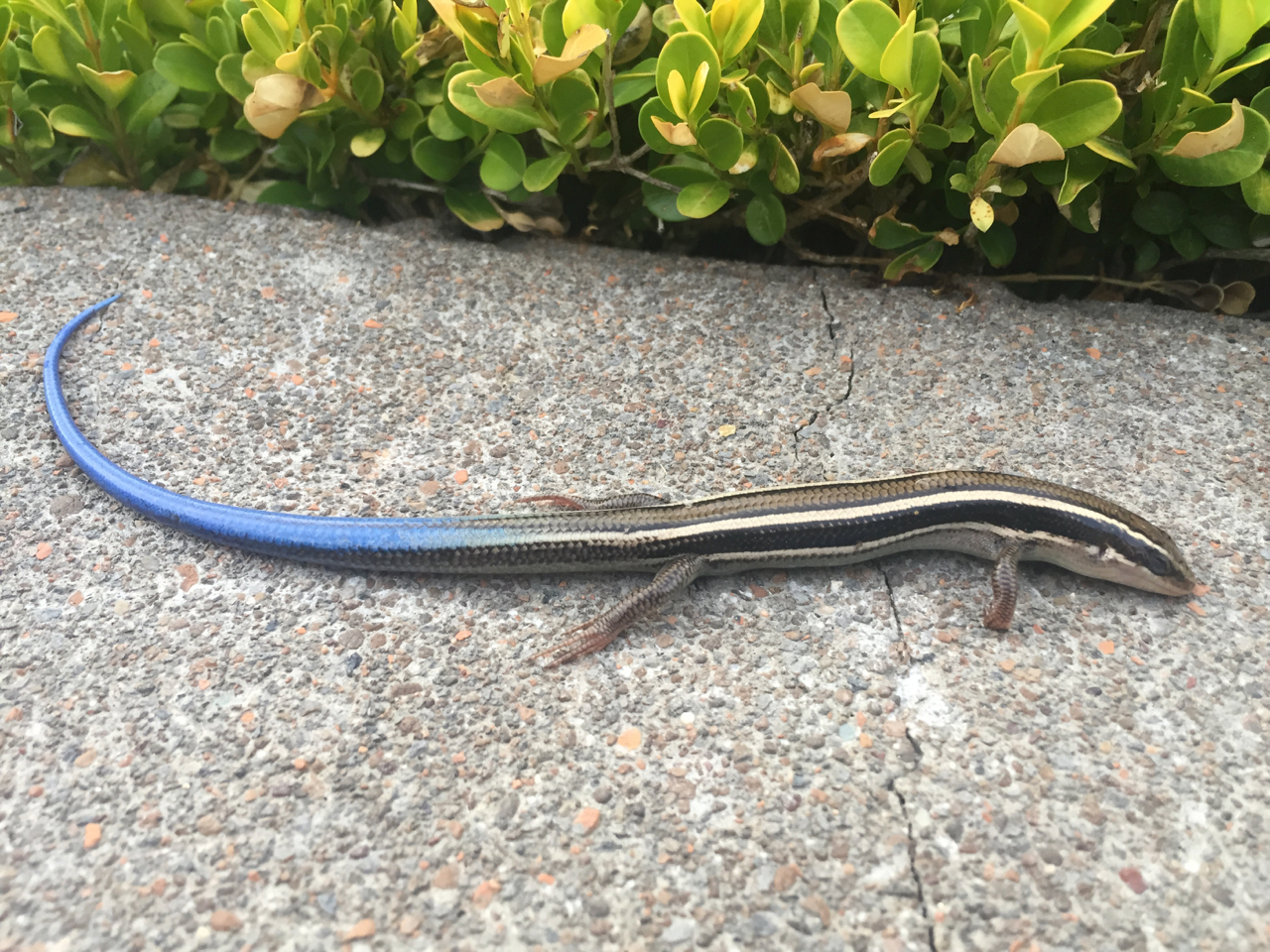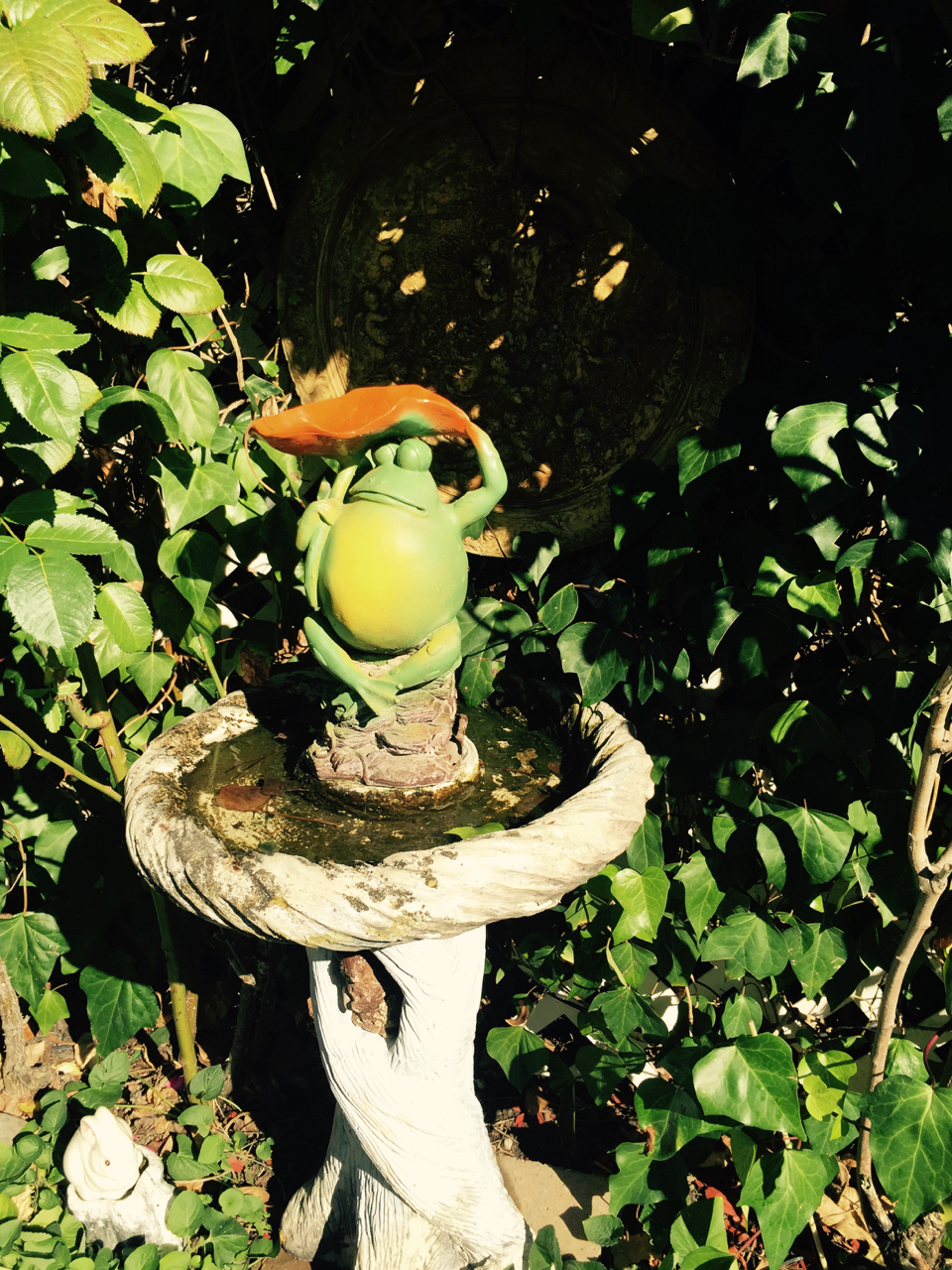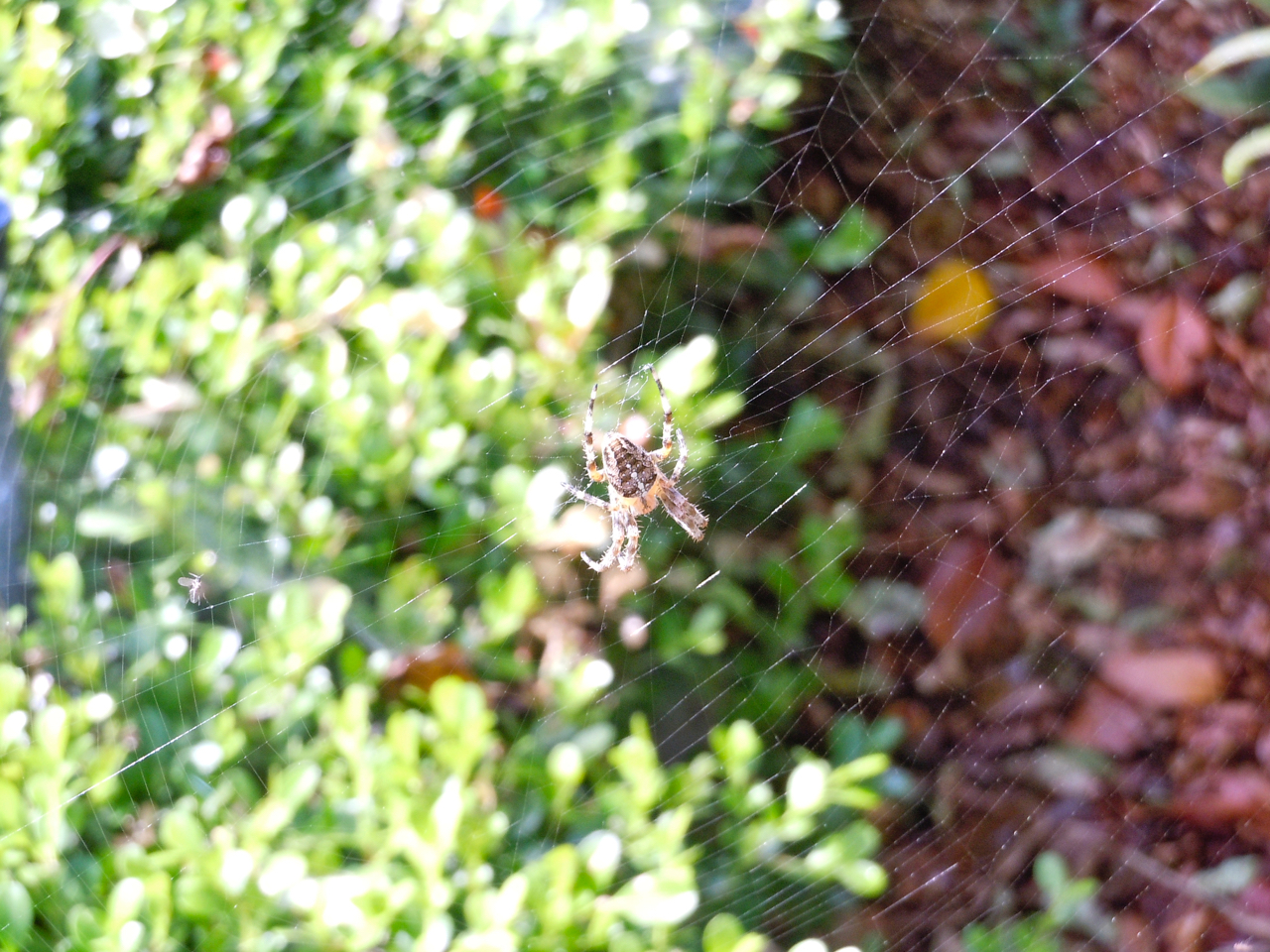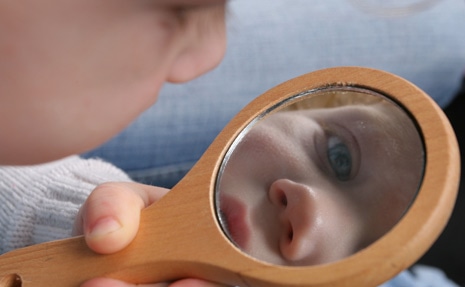“…many plants of many kinds, with birds singing on the bushes, with various insects flitting about, and with worms crawling through the damp earth.” Charles Darwin
Twenty-three honeybees, ten lady beetles, five lizards, three frogs, and several spiders.
Within two hours on a very hot day this past week, the rescue count from the swimming pool kept mounting. I was afraid to leave the water lest more of my garden friends would drown. It’s summer and the flying insects, creepy crawlies, and slithering creatures are in abundance. The ones I want to save are the ones that are our garden guardians.
The Good Guys
Bees
We’ve all heard about the Colony Collapse Disorder affecting honey bees worldwide and the importance of protecting our all bees. Don’t confuse honey bees with carnivorous yellowjackets. Bees, bumble bees, and yellowjackets are all pollinators yet honey bees and bumble bees don’t attack humans unless they are stepped on, slapped, swatted, or threatened. They are gathering pollen and the honey bees are making honey while keeping our fruit, flowers, and vegetables reproducing.
Lady Beetles
There are over 450 species of ladybugs in the United States and they are voracious consumers of aphids, caterpillars, lace bugs, mealybugs, scale, whiteflies, and mites. Lady beetles are perhaps the most beloved of all insects and even though you can purchase them for your garden, they will fly away when their food level declines. An adult will eat over 5,000 aphids in her lifetime.
Lizards
Don’t be afraid of these garden helpers. Lizards are carnivores, not plant-eaters. You are fortunate if you have lizards in your yard. They eat beetles, ants, wasps, aphids, and grasshoppers. They like to bask in the sun and also shelter under rocks or in the mulch. Predators to lizards include cats, snakes, and birds.
Frogs
Both frogs are toads are amphibians living on both land and in water. They need moisture to survive and prey upon snails, slugs, and other insects. However, if they fall into a swimming pool without a way to escape, they will drown. In one summer, a single toad may devour over 10,000 pests. Some species will eat mosquito larvae. Like our lizard friends, pets, birds, and snakes enjoy them as a meal. Enjoy their choral music at dusk.
Spiders
Fear of spiders is one of the most common phobias even though most spiders do not bite humans. The two biting spiders with venom that can be fatal to humans are the black widow and the brown recluse. Spiders are not insects. Spiders are arthropods as they have eight legs. As happy hunters, they are excellent garden pest control managers, actually considered to be the most beneficial and efficient insect eradicator in our landscapes. When you see a spider web, admire its delicate intricacy. Don’t destroy it. Inside your home, spiders are helping eradicate more invasive bugs. Spiders don’t carry diseases like mosquitoes or ticks.
To keep the good guys attracted to our landscapes, eliminate pesticides, insecticides, and chemicals. Companion planting with a diversity of species will provide a variety of stalking and dining options. Offer shelters of mulch, rocks, small branches, and a water source.
The Bad Guys
Mosquitoes
Mosquito bites cause puffy red bumps that can itch for a week. Worse, mosquitoes are vectors for West Nile Virus that they transmit to humans. Empty any standing water around your garden and punch drainage holes in containers. Change birdbaths daily or add a re-circulating pump. If you have a pool or hot tub, keep it effectively chlorinated. Check for leaky faucets. It only takes a few days for larvae to mature. Vector Control is available at no charge to add mosquitofish (Gambusia affinis) to your pond water.
Yellowjackets
Although yellowjackets do help with pollination, they are scavengers for meat and sugary food, disrupting picnics, summer outdoor activities, and barbecues. Never squash a yellowjacket. When crushed they emit a chemical that calls to other yellowjackets to attack. They build nests in abandoned burrows, in eaves, and bushes. Because their sting is so potent and painful, if you find a nest, call Vector Control for eradication.
Ticks
Lyme disease is one of the fastest-growing epidemics with over 300,000 diagnoses occurring annually in the United States. Summer is the most likely time to be bitten by a tiny deer tick. Ticks are parasites that feed on blood. They live in brush piles, leaf litter, lawns, tree stumps, ground cover, and stone or brick walls. They even have been found on picnic tables and benches. It’s important to wear tick repellent clothing when outside and after being outdoors, conduct a full body check, take a shower, and put your clothes in a hot dryer for thirty minutes to kill any ticks, then wash your clothes. (I know, it seems weird to dry first, then wash, but the heat of the dryer kills the ticks) Check your pets. Ticks can be hard to find and can linger in your hair, clothing, or pet fur. If you find a tick, don’t twist it or turn it. Use sanitized pointed tweezers to grab the tick and pull it straight out. Wash the bite, apply antiseptic, save the tick for identification, and seek medical attention.
The “bad guys” are on my ‘danger watch out” list. I’ve had three trips already to either urgent care or the emergency room with ticks lodged in my neck that required surgery to remove. Mosquitoes are my nemesis inflicting gigantic, itching bites with bumps that last for two weeks or more. In the last year, I’ve stumbled upon three yellowjacket nests, suffering multiple stings on my hand and arms with swelling that abated after a week.
The “good guys” I’ll continue to rescue as they are my garden “watchdogs” along with the numerous birds and hummingbirds that thankfully aren’t nose-diving!
What’s bugging you?


